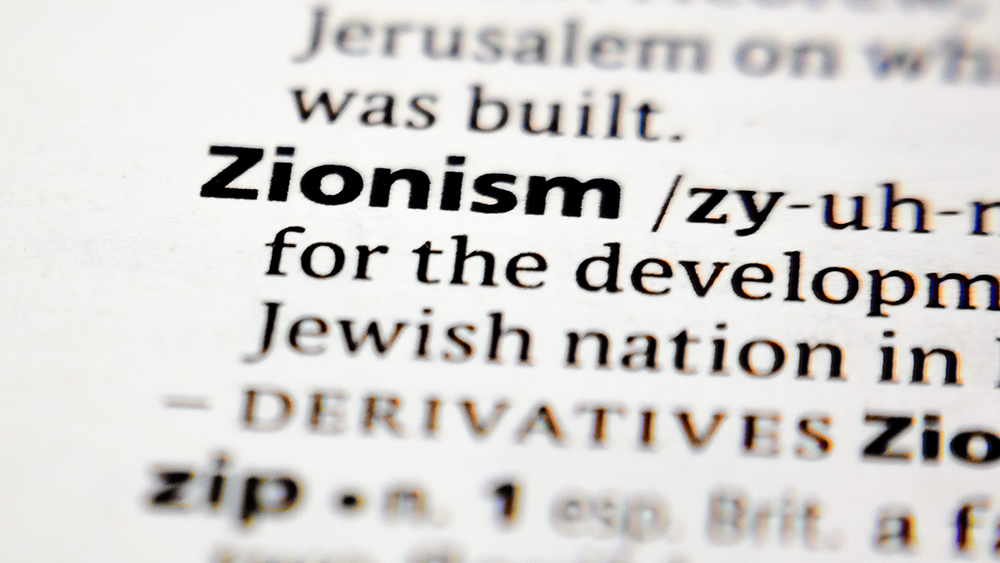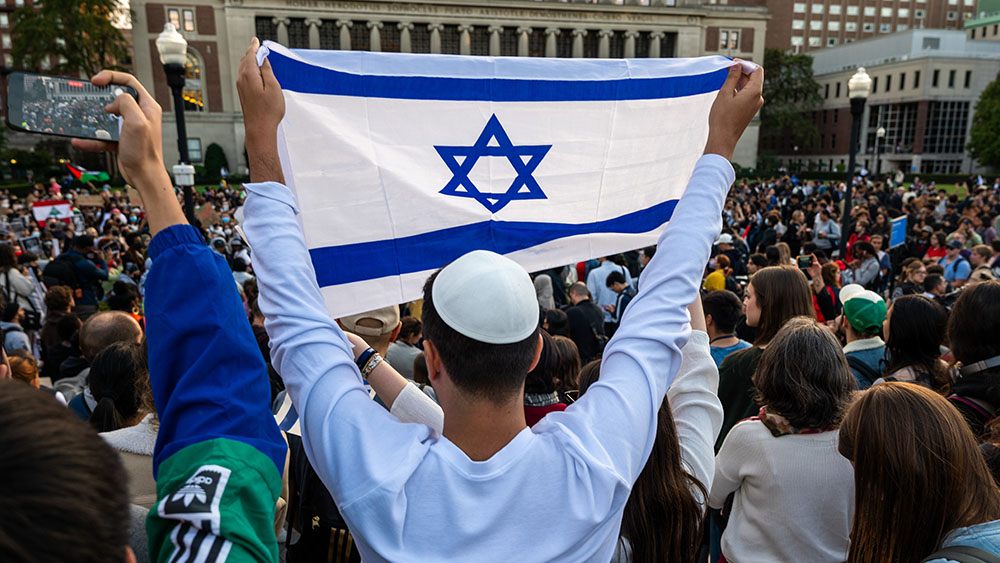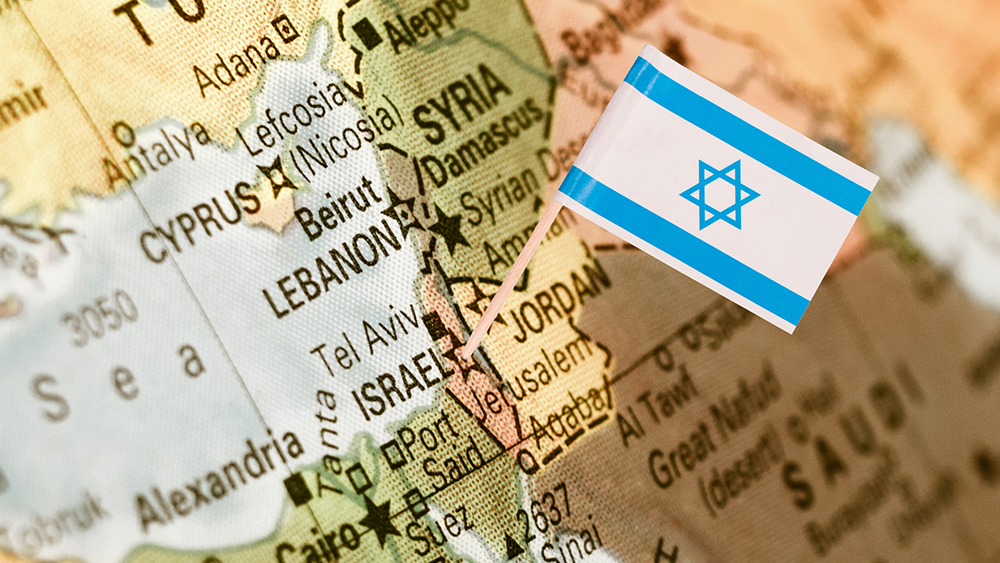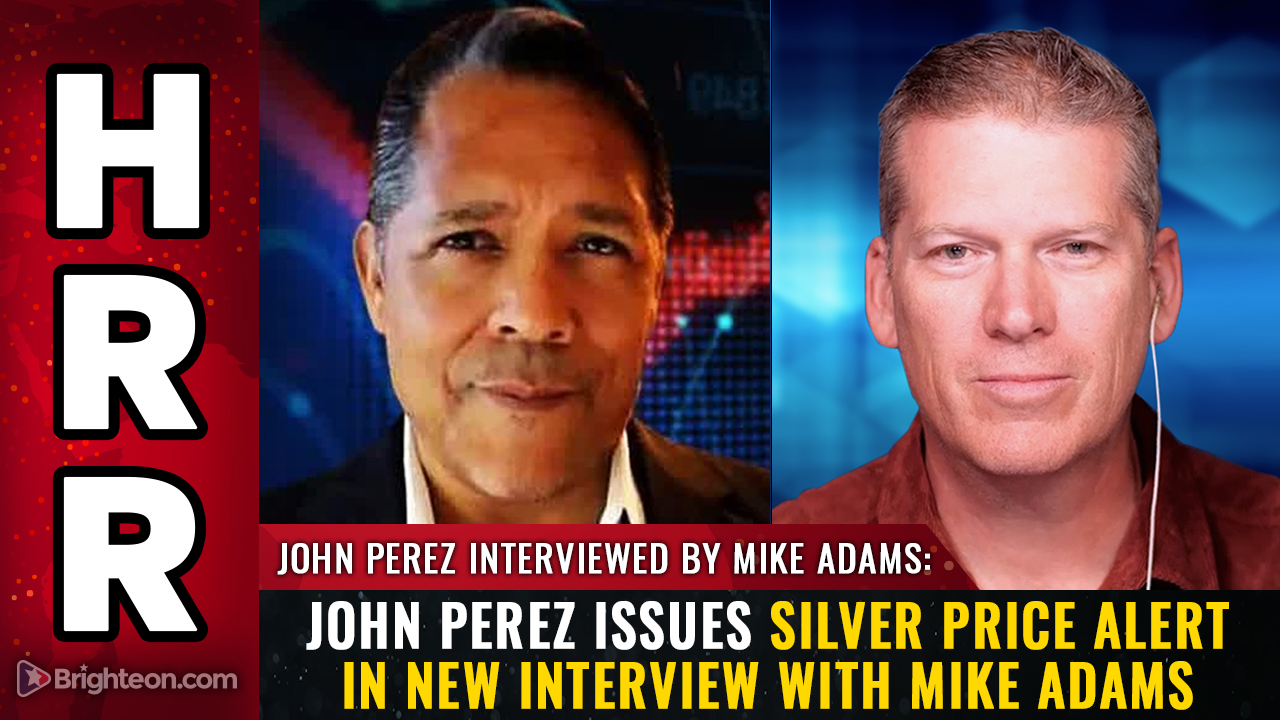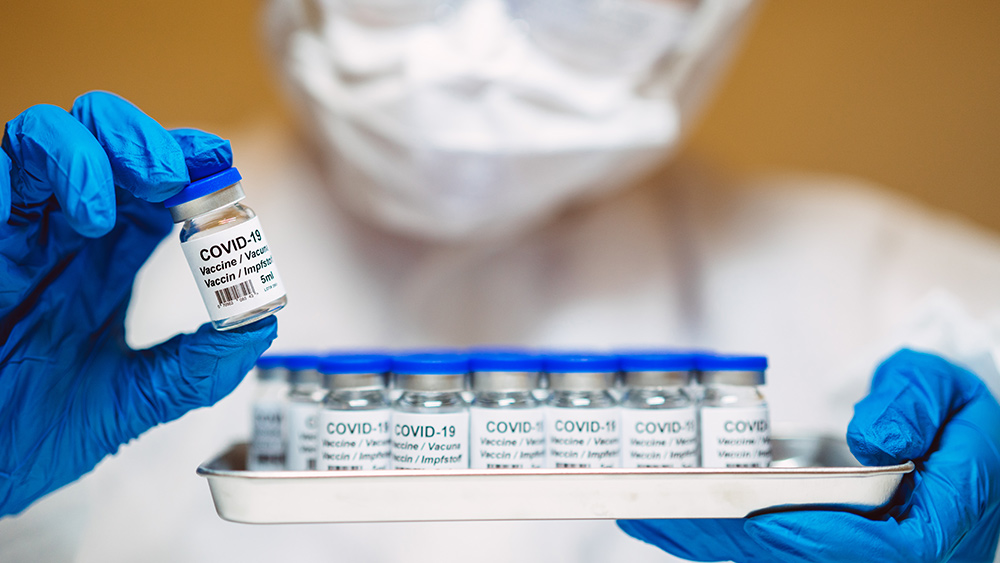Rafael Medoff explores the role of Jabotinsky in the rise of Revisionist Zionism in "Militant Zionism in America"
- Vladimir Jabotinsky led Revisionist Zionism, advocating for immediate Jewish immigration to Palestine, a Jewish army and a sovereign state – contrasting with the gradualist approach of mainstream Zionists. His 1926 U.S. tour aimed to spread these ideas but had limited immediate influence.
- Jabotinsky's tour saw mixed reception – large crowds at some events (e.g., Manhattan Opera House) but poor attendance elsewhere. American Jews were wary of militancy, fearing it would appear unpatriotic amid post-WWI nativism.
- Jabotinsky broke from the World Zionist Organization (WZO) over its perceived complacency, favoring confrontation with British restrictions. His movement resonated more with Eastern European Jews than with American Jews, who saw the Balfour Declaration as already fulfilling Zionist goals.
- Though Revisionism gained minor endorsements (e.g., Order Sons of Zion), the Zionist Organization of America (ZOA) was weakened, and Labor Zionists actively opposed Jabotinsky's vision.
- Despite limited immediate success, Jabotinsky's emphasis on self-defense, mass immigration and statehood foreshadowed future Zionist politics, laying groundwork for militant factions that would later gain prominence.
Rafael Medoff's "
Militant Zionism in America: The Rise and Impact of the Jabotinsky Movement in the United States, 1926-1948" chronicles the emergence of Revisionist Zionism in America, led by the charismatic yet polarizing figure Vladimir "Ze'ev" Jabotinsky.
A gifted orator, writer and activist, Jabotinsky represented the maximalist wing of Zionism, advocating for immediate Jewish immigration to Palestine and the establishment of a Jewish army to secure a sovereign state. His 1926 U.S. tour marked a pivotal moment for the movement, yet despite stirring some initial enthusiasm, its overall influence on American Jewry remained limited.
Jabotinsky's arrival in New York on Jan. 27, 1926 was notably subdued, with only one young supporter, Izrael Poznanski, present to greet him – an indication of how little traction militant Zionism had in the American Jewish community at the time. Over the next five months, Jabotinsky embarked on an ambitious lecture tour, seeking to galvanize support. While his opening speech at the Manhattan Opera House drew an impressive crowd of two thousand, many subsequent events suffered from poor attendance, underscoring the challenges his movement faced.
Revisionist Zionism emerged as a distinct force amid growing disillusionment with mainstream Zionist leadership. Jabotinsky, who had initially been a mainstream Zionist figure in tsarist Russia, became increasingly frustrated with what he perceived as the complacency of the World Zionist Organization (WZO) under Chaim Weizmann.
While Weizmann favored diplomatic negotiations and gradual settlement in Palestine, Jabotinsky demanded a more confrontational approach toward British restrictions on Jewish immigration and land ownership. His experiences during the 1920 Arab riots – where he organized Jewish self-defense and was later imprisoned by the British – only hardened his resolve. By 1923, he had resigned from the WZO and founded the Revisionist movement, advocating for a Jewish state on both sides of the Jordan River.
Though his ideas resonated strongly with working-class Jews in Eastern Europe, the American landscape proved more hostile. Post-World War I America was fraught with nativism and suspicion of ethnic nationalist movements.
Many American Jews, already facing antisemitic pressures, feared that Zionism might be perceived as unpatriotic. Additionally, the Balfour Declaration had led some to believe that Zionism's central goal – securing a Jewish homeland – had already been achieved, diminishing enthusiasm for further activism.
The Zionist Organization of America (ZOA), the dominant Zionist group in the U.S., struggled with dwindling membership after the resignation of its leader, Supreme Court Justice Louis Brandeis, in 1921. By 1926, it had only 26,000 members – reflecting the broader disengagement among American Jews.
Despite these obstacles, Jabotinsky's ideas did find a small but devoted following. The ZOA's official publication,
New Palestine, did not actively oppose Revisionism. In fact, it published excerpts from Jabotinsky’s speeches and framed his movement as part of the broader Zionist consensus, albeit with a more assertive tone.
However, many of his staunchest supporters remained distrustful of the ZOA, seeing irreconcilable ideological divides. A minor breakthrough came in April 1926 when the Order Sons of Zion endorsed Revisionism, signaling a potential shift in the American Zionist landscape.
Ultimately, while Jabotinsky's tour planted the seeds for future activism, its immediate impact was limited. American Jews remained cautious, and competing factions, such as Labor Zionists, actively worked to discredit his vision.
Nevertheless, his insistence on Jewish self-defense, mass immigration and statehood foreshadowed the eventual evolution of Zionist politics – both in Palestine and among Jewish Diaspora communities. Though his 1926 campaign did not revolutionize American Zionism, it laid the groundwork for
a militant faction that would grow in influence in the decades to come.
Watch this video about Rafael Medoff"s "
Militant Zionism in America: The Rise and Impact of the Jabotinsky Movement in the United States, 1926-1948".
This video is from the
BrightLearn channel on Brighteon.com.
Sources include:
Brighteon.ai
Brighteon.com
 Parler
Parler Gab
Gab